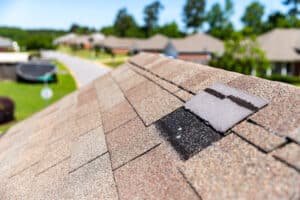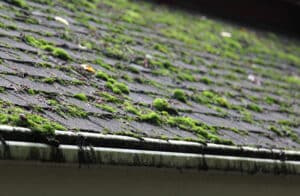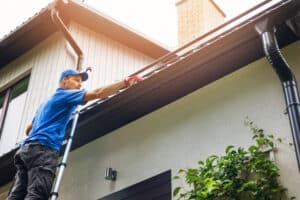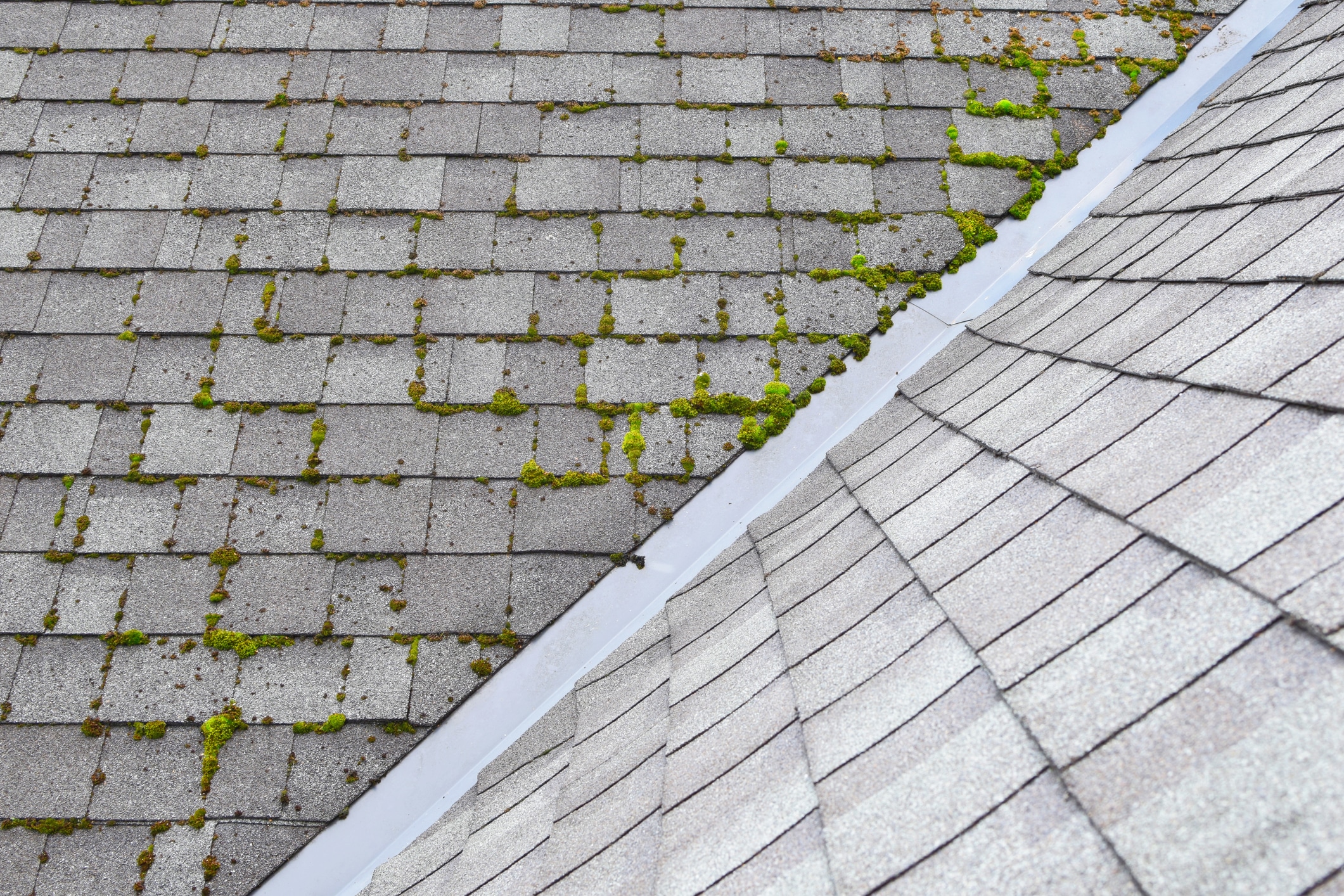Your roof is quite possibly the most important part of your house. After all, most people refer to their home as “the roof above their head” rather than “the walls around them”.
Yet the quality of a roof is strongly related to the quality of its maintenance: Good maintenance helps tremendously in preventing water damage and other losses due to leaks or vermin.
We’ve gathered 5 tips for you to help keep your roof in top shape this spring:
1. Inspect.
Thoroughly scan your roof for any sign of damage, warping, discoloration or missing shingles.

Fasten or replace missing shingles. Asphalt shingles are most common in the Pacific Northwest. They are covered with a protective layer – or ‘grain’ – that protects the shingles from heat, cold, and weather. If the grain is missing, the shingle may crack or become brittle, inviting water damage to the roof structure.
2. Clean Moss and Mold
Moss and mold like growing on roofs and in between shingles, and can cause considerable damage and rot.

However, when cleaning your roof, avoid using a power washer as its pressure may blast off the shingles’ protective layer right along with the moss. Instead, purchase a moss removal solution, spray it on your roof, and clean the debris with a broom. This method is much gentler for your shingles.
3. Clean Gutters and Downspouts
This is not a fun job, but one of the most important ones. Grab a ladder and a trowel, and remove tose leaves and debris from your gutters. Don’t forget to clear the ‘entrance’ and ‘exit’ of your downspout and make sure they are draining properly (and away from your foundation) by flushing them with water.
Consider trimming overhanging tree branches.
4. Fix Flashing and Sealants
Flashing is the strip of metal that connects between your skylights or chimney and the roof. Wind and weather can get underneath the flashing and rip it loose; consequently water can leak in and cause mold and water damage. Check for loose flashing and tack it back on tight.
Similarly, check for cracked or weakened caulking. Remove old caulking, scrape the area clean and aply fresh sealant.
5. Clean Fascias and Soffits.
Small animals love to nest in warm fascia vents during the winter months. Inspect and clean soffits, fascias and vents of nests and debris before spring comes.
In some cases, you may want to bring in professional help for wildlife removal. Some animals and birds have legal protections that affect when and how they and their nests can be handled. Nick and Meghan Pembroke had to call in outside experts to help when a family of flickers got into their small attic space through a soffit.

Know your limits! Please only attempt to undertake roof-maintenance tasks if you can do so safely, in dry weather conditions, and, ideally, with a second person nearby to hold the ladder or to assist you in case of emergency. If you have a very high or steep roof, or simply feel insecure about climbing a ladder, you may want to consider hiring a licensed and bonded professional to perform these tasks for you.
Keep in mind that even the best-maintained roof reaches the end of its life span eventually, usually after 15-20 years. At that time, a home’s roof should be replaced.
Your homeowner’s insurance will cover repairs to your roof if damages are due to a covered peril (such as a fire or windstorm). However, damage that results from a lack of maintenance is not covered by a standard homeowner’s policy.

